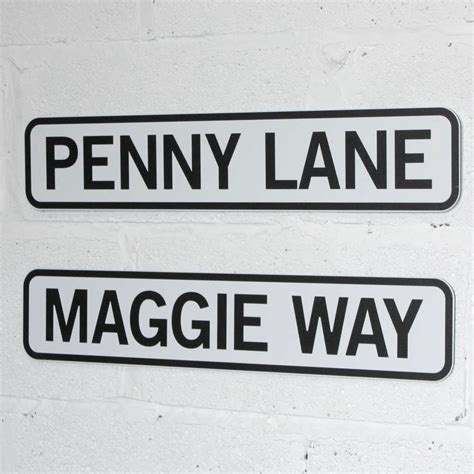In the picturesque landscapes of North Yorkshire, a tempest over punctuation on street signs ruffles the calm. The local council’s initiative to phase out the use of apostrophes in street naming isn’t just a matter of local policy but signals a deeper tussle between linguistic identity and administrative efficiency. The apostrophe, a minor squiggle with major implications, often indicates possession or a contracted form in English. Its omission may seem trivial to some, but it extensively modifies the topographical lexicon of a place, potentially leading to historical erasure and cultural homogenization.
Street names like St. Paul’s Square or O’Connor Lane carry with them whispers of the past, tales of the people and histories they represent. Stripping these indicators not only risks cultural dilution but also disrupts the very linguistic fabric that underpins our communal spaces. Arguments abound that the upkeep of apostrophes on road signs could complicate digital system integrations and data processing due to varied interpretations and technical limitations like those mentioned in the BS 7666 standard, yet one wonders if technological fluency should dictate cultural narratives.
The narrative woven by supporters of the apostrophe exodus within council documents and public discourse largely hints at pragmatic digital compliance—easier data entry, smoother GPS navigation, and fewer human-entry errors. But at what cost? GeoPlace’s advisory doesn’t outright ban punctuation yet favors omission for simplicity’s sake in databases, which suggests a gap between geographical data management and linguistic richness—the kind that includes O’Neill and McAdam’s.
Critically, while modern machines and databases are adept at handling characters like apostrophes (a fact pointedly noted by many in the depths of tech forums and council debates), the problem lies not in the capability but in the will and funding to implement such features. The reluctance to adapt systems, ostensibly for cost-cutting or standard adherence purposes, reflects wider governmental and technological stances on public administrative convenience over cultural accuracy.
This debate mirrors broader societal questions about whom public spaces serve and the role of language in shaping those spaces. When we alter place names for the sake of database compatibility, we’re not just redesigning street signs—we’re reshaping narratives, altering public memory, and tweaking the very details that anchor a community to its history. The erasure of apostrophes might aid in software sanitation or prevent system crashes, but it also erases small yet significant cultural markers.
Reactively, the public’s engagement on this issue reveals a spectrum of emotion, from indifference to outrage. Purists argue for the preservation of linguistic heritage reflected in names like O’Malley’s Park, while tech pragmatists cite the inevitability of language evolution in the face of software needs. This dialectic is vital, as it uncovers the myriad ways individuals interact with and feel represented by public lexicons. If the crux of civic engagement is feeling seen and heard, what message does it send when your city council erases grammatical markers that denote historical presence or ownership?
There is, however, room for middle ground. Solutions like dual-naming systems, where databases hold both a simplified and a traditional name, or advanced parsing algorithms that gracefully handle punctuation, could serve both masters—cultural fidelity and digital functionality. These solutions hinge not on the question of possibility but on the priorities and values we champion. Ultimately, this isn’t just about street signs; it’s about how we balance the intangible heritage of language with the tangible needs of administration in a digital age.
As North Yorkshire charts its course along these newly sanitized roads, the conversation ought not to end at the city limits. It serves as a primal reminder of the ongoing dialogue between technology and tradition, and the ways in which our systems, as extensions of our societal values, manage or fail to bridge that divide. The choice of whether to preserve the apostrophe on street signs is emblematic of larger choices about what we, as a society, decide to maintain in the face of relentless modernization and efficiency demands.


Leave a Reply